Psittacosis is a deadly disease of poultry and pet birds caused by an intracellular organism, Chlamydophila psittaci. The other name of the illness is Chlamydiosis or parrot fever or Ornithosis. Chlamydiosis is a naturally occurring contagious disease of birds that is zoonotic to humans. Psittacosis is seen in all birds but was recognized initially and transmitted from parrots to humans. Thus the most common name is “Parrot Fever.” The disease in humans is also called Psittacosis.
How is Psittacosis Transmitted?
Chlamydiosis is a worldwide distributed disease, affected all species of birds and mammals, including humans. Young and immunosuppressed birds are more susceptible than adult birds. The organism is shed in the nasal secretions and faces from the infected birds, recovering, and carrier birds. The plant can survive in a long period in the environment, outside the body, infecting others by dust through breathing. Fecal and oral contaminations are especially prevalent in crowded conditions like a pet store and nest boxes.
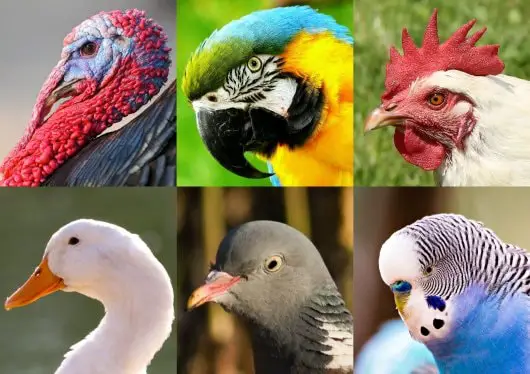
Generally, inhaled Chlamydia causes severe disease, while ingested organisms usually reside as carriers. Many birds carry the C. psittaci but do not show any clinical signs in healthy conditions. When any stress condition occurs, the organism produces the disease. Breeding birds may transmit the organism to their offsprings who may die in the cage after weaning.
What does Psittacosis do to Humans?
The Chlamydia psittaci organism is capable of being transmitted from birds to humans, but this rarely occurs despite the relatively high incidence in birds. Though Chlamydial infection in humans usually is mild, it is more dangerous to young, sick, immunosuppressed (AIDS), and older persons. The bird shop worker, bird owner, veterinarian, and poultry plant employees are more susceptible to this disease. Human to human transmission is rare.
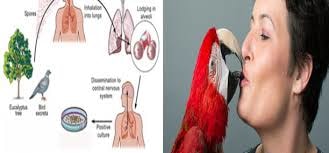
The clinical signs in humans are flu-like symptoms, fever, headache, chills, fatigue, weakness, dry cough, muscle pain, chest tightness, and breathing difficulty. In fatal cases, it may lead to severe pneumonia. The preventive measures in human are:
- Exercise caution in handling the birds’ droppings.
- Thoroughly disinfect all the premises of birds and their belongings.
- Keep the circulation od feathers and dust in minimum.
- Reduce stress in the bird’s environment.
- Never allow the sick, elderly, and young people to contact the ill or susceptible birds.
What are the Signs and Symptoms of Psittacosis?
The incubation period of the disease is three days to several weeks. There are no specific clinical signs of Psittacosis in birds. Some birds may show general weakness, lack of appetite, weight loss, depression and listlessness, watery green diarrhea, ocular and nasal discharge, and sudden death. Many infected birds do not show any signs bu act as a carrier of the organism.
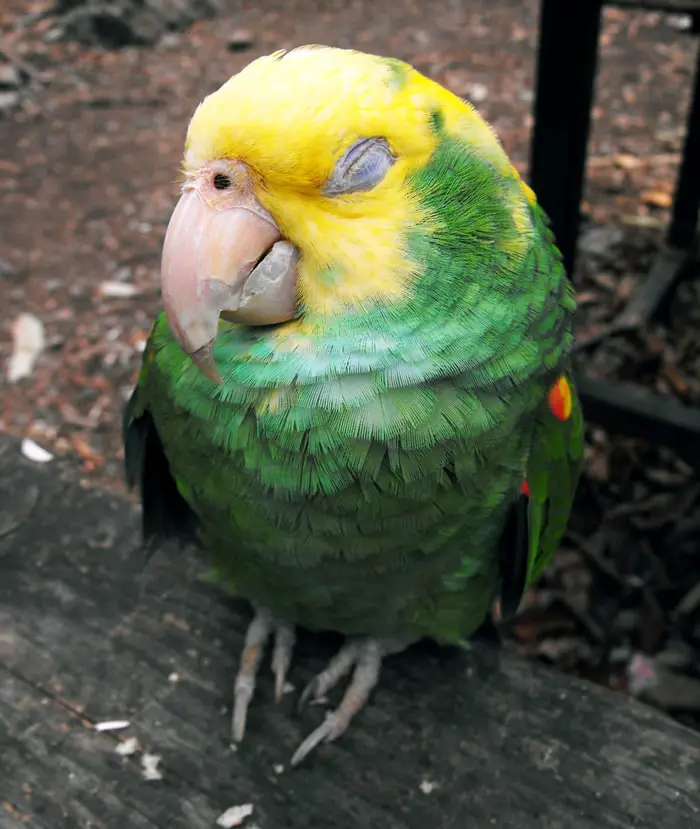
Sick birds show a variety of signs, varying from respiratory and sinus disease, weight loss, poor feathering, pale-green watery droppings, and sudden death. The birds become weak and susceptible to other bacterial or fungal infections. Cocktails may develop paralysis of the limbs, dark and tarry feces.
How is Parrot Fever Diagnosed?
The presumptive diagnosis of Psittacosis is based on the clinical signs, history, X-ray examination, and blood test. Confirmatory diagnosis of Chlamydiosis is made by analysis of nasal swabs, cloacal swabs, and feces. In humans, a determination is made by numerous blood and serological test.
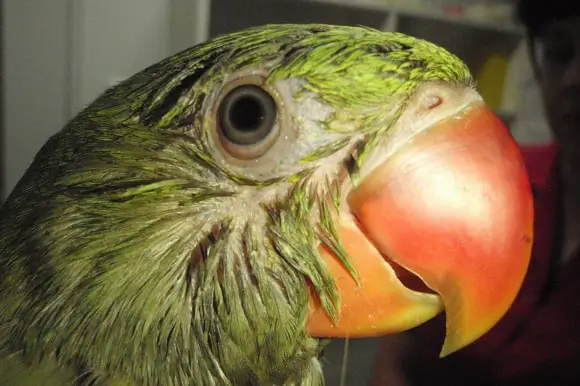
How do you Treat Psittacosis?
The pet birds affected with Ornithosis can be treated with tetracyclines or doxycycline by injection or by oral application mixed with foods up to 45 days. Small birds like Parakeets may be treated with antibiotic-treated seeds. The affected birds must be separated from healthy birds.
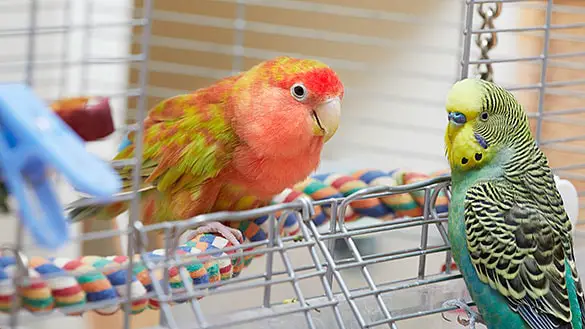
How can Psittacosis be Prevented?
The following measures will help to prevent Chlamydiosis in Pet Birds or flocks;
- Purchase birds from reputed suppliers who were regularly screened for the presence of the Chlamydiosis in birds.
- New birds should be kept for home quarantine for at least six weeks.
- Periodically monitor the presence of Chlamydiosis by a serological test.
- After a diagnosis of Psittacosis in a bird, must be isolated from other birds, if possible in other building.
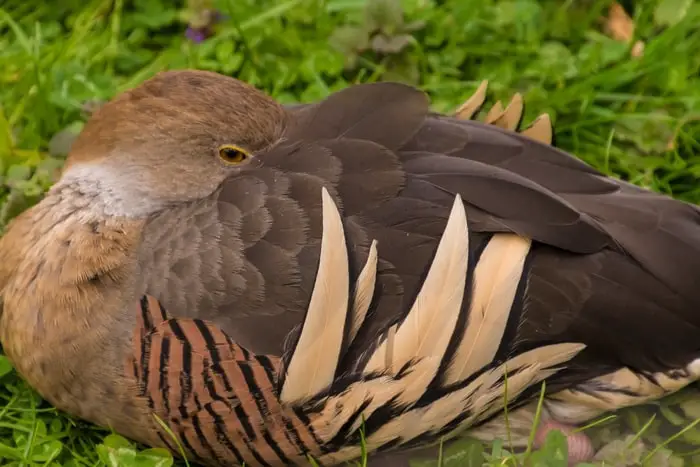
Concluding Remarks on Parrot Fever
Parrot fever is a common bird disease that has zoonotic importance. As a bird owner, you must have minimum knowledge about this disease for your safety and as well as for your friends and family. The information I have provided from various sources will help you to be cautious about your lovely bids. The adequate preventive measures will mostly reduce the incidence of disease in your flock, house birds, and protect your health. If the above information helps you, please share it with your friends through social media.